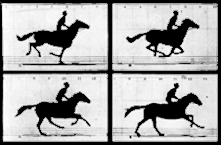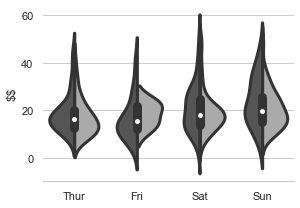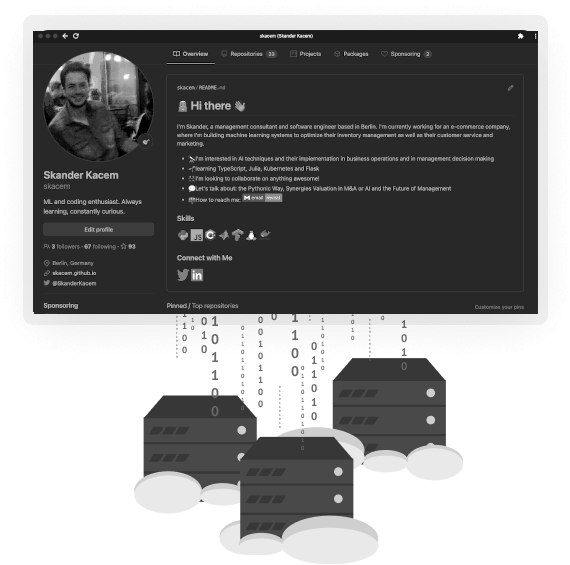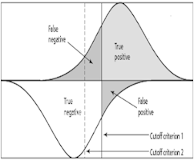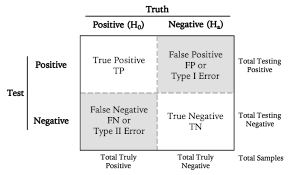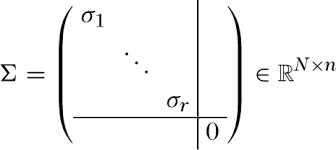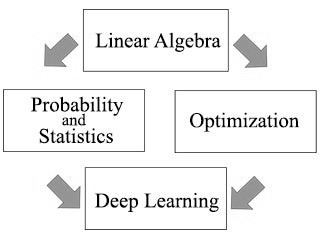Forecasting Customer Lifetime Value Using RFM-Analysis and Markov Chain
The transactional approach to business and marketing leads most managers to focus on the wrong thing - the next transaction. So they become fixated with marketing mix and core products. Performance is then measured by metrics such as conversion rate, cost per acquisition, sales growth, or market share, and they forget what matters most: the customer. In fact, there is nothing more important, nothing more fundamental to our business than a long-term relationship with our high-value customers. So marketing becomes an interaction aimed at building, maintaining and improving those relationships. And at the heart of customer relationship lies Customer Lifetime Value (CLV). In this tutorial, we'll learn how to forecast CLV in a non-contractual setting based on RFM-Analysis and first-order Markov chain.
From RFM Analysis to Predictive Scoring Models
From a managerial perspective, it is extremely useful to determine not only the contribution of customer segments to today's sales, but also the expected contribution of each segment to future revenues. After all, how can we develop good plans and make informed strategic decisions if we can't forecast sales and revenues for the upcoming financial period? In this tutorial, we'll learn how to predict next year's customer activity and dollar value based on RFM analysis.
Customer Segmentation and Profiling: A Managerial Approach
In the last tutorial, we introduced how to segment customers databases using hierarchical cluster analysis. The approach is quite simple and does not require any parameters other than the number of clusters we want to obtain. However, in practice, this method is not very efficient, as we have no control over how the clusters are formed. And what is the point of segmentation, if we do not understand how the segments differ or if we cannot treat each market segment appropriately. In this tutorial, we will develop a non-statistical segmentation also known as managerial segmentation.
Customer Segmentation using RFM Analysis
It is impossible to develop a precision marketing strategy without identifying who you want to target. Marketing campaigns tailored to specific customers rely on the ability to accurately categorize those based on their demographic characteristics and buying behavior. Segments should be clearly differentiated from one another according to the maxim: "Customers are unique, but sometimes similar". In this tutorial, we will learn how to segment your customers database using RFM analysis along with hierarchical cluster analysis (HCA) we introduced in the previous tutorial.
SKU Clustering for Inventory Optimization
Any online retailer using an established e-commerce platform is sitting on a treasure trove of data, but typically lacks the skills and people to analyze it efficiently. Only those companies that know how to leverage their collected data have a clear competitive advantage - especially when it comes to marketing, and sales management, as about 95% of the data relates to customers and inventory. This is the first tutorial in a series of documents written about business analytics. The aim of this collection is to incentivize small businesses to invest in data and analytics capabilities to drive revenue and profit growth through sales forecasting, precision marketing, and inventory optimization, to name just a few.
Plotting with Seaborn - Part 2
In this part of the tutorial, we will look at more advanced visualization techniques for exploring multivariate and complex datasets, including conditional small multiples and pairwise data relationships. Namely, when exploring multidimensional data, it is useful to draw multiple instances of the same representation for different subsets of your data. This type of representation is also known as "faceting" and is related to the idea of small multiples. In this way, a lot of information can be presented in a compact and comparable way. While this may sound intuitive, it is very tedious to create, well unless you use the figure-level functions provided by seaborn.
Plotting with Seaborn - Part 1
Seaborn provides a high-level interface to matplotlib and it deeply integrates to Pandas’ data structures. Given a pandas DataFrame and a specification of the plot to be created, seaborn automatically converts the data values into visual attributes, internally computes statistical transformations and decorates the plot with informative axis labels and legends. In other words, seaborn saves you all the effort you would normally need to put into creating figures with matplotlib. In this first part of seaborn tutorial series, we will acquaint ourselves with the basics of seaborn and explore some of the common axes-level plotting functions.
Github Crawler
In the previous post, we learned the basics of web crawling and developed our first one-page crawler. In this post, we implement something more fun and challenging. Something that every Github user could use: a Github Users Crawler. Disclaimer: This project is intended for Educational Purposes ONLY.
Common Metrics Derived From the Confusion Matrix
In the previous post we introduced the confusion matrix in the context of hypothesis testing and we showed how such a simple and intuitive concept can be a powerful tool in illustrating the outcomes of classification models. Now, we are going to discuss various performance metrics that are derived from a confusion matrix.
Methode der kleinsten Quadrate
Die Regressionsmethode der kleinsten Quadrate basiert auf der Minimierung der Summe der Quadrate der Fehler auf einen möglichst kleinen Wert, daher der Name kleinste Quadrate. Im Grunde muss der Abstand zwischen den Datenpunkten (Messwerten) und der Regressionsfunktion so weit wie möglich minimiert werden.





